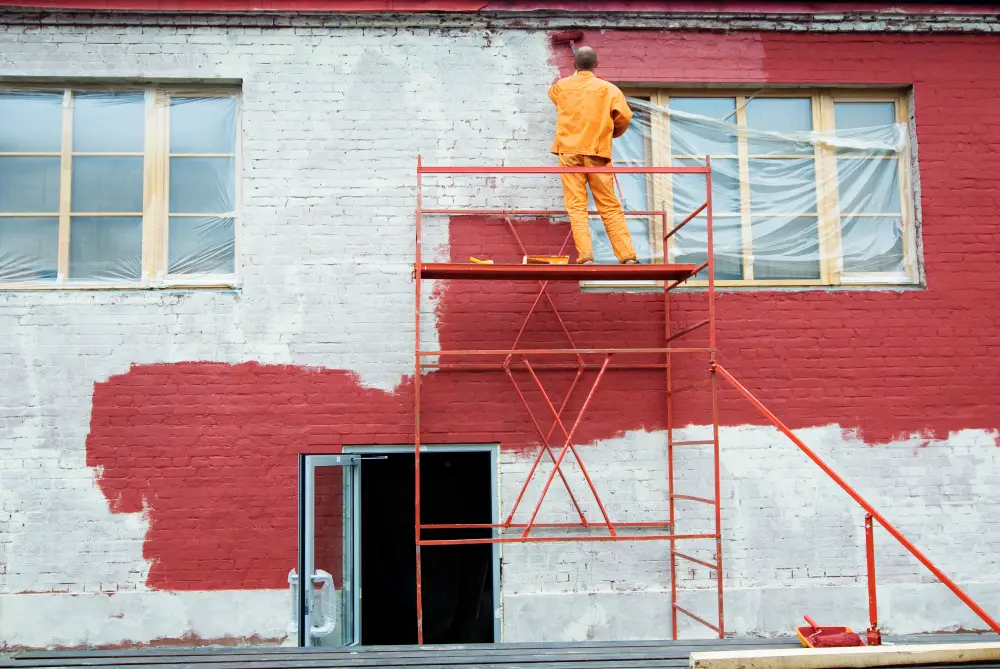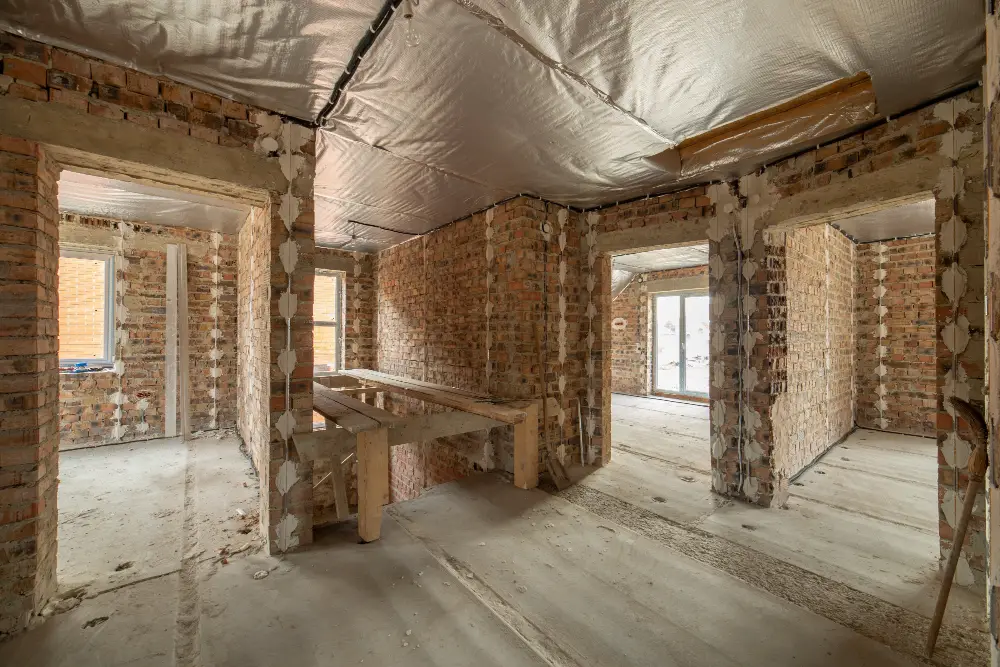Last updated on
Considering restoring a home? It can be challenging, but knowing where to start and the necessary process can make it an exciting journey.
Whether it’s historical preservation, modernization, or both, there are aspects to consider before diving in. In this blog post, we’ll discuss home restoration basics to inform and guide aspiring homeowners on their renovation adventure!
What's Inside
Understand the Process of Home Restoration

The process of home restoration can be a lengthy and complex one, but it’s important to understand what to expect and what you’ll need to complete the project. The experts from CPR Restoration say that they understand the importance of your home as your shelter and your investment as well as the sentimental value it holds, and they know just how chaotic life can become when it is damaged.
That’s why it’s crucial to have a clear understanding of the restoration process and to work with professionals who are experienced and knowledgeable in this field. This includes having a well-defined plan that takes into account all the necessary resources, such as materials, labor, and permits, as well as setting a realistic budget and timeline for the project.
You’ll also need to familiarize yourself with architectural principles and design concepts to ensure that the restoration stays true to the original style and character of your home. Additionally, assessing environmental conditions, such as potential hazards like mold or asbestos, is crucial for the safety of both you and your home during the restoration process.
Evaluate the Different Types of Home Restoration Projects and Their Costs

When starting the planning process for home restoration, it is crucial to assess the various projects and their respective costs. This initial step sets the foundation for a successful restoration endeavor. Historical preservation, for example, can be a costly endeavor due to the need for specialized materials and techniques to preserve the original structure and design features.
On the other hand, modernization projects may require significant renovations and updates to bring your home up-to-date and can also come with a hefty price tag. It’s essential to consider your budget and the potential return on investment for each project type, as well as consult with experts to determine the best approach for your specific home restoration goals.
In addition to the overall cost of the project, it’s important to factor in any potential hidden costs, such as unexpected repairs or additional permits, that may arise during the restoration process.
Inspect Your Property and Identify Areas That Need Attention

Before diving into a home restoration project, thoroughly inspect your property and identify any areas that may need attention. This includes both the interior and exterior of the home, as well as any surrounding structures or landscaping.
The goal is to have a comprehensive understanding of the current condition of your property so that you can prioritize which areas require immediate attention and which can be addressed at a later time. This inspection should also include assessing any potential hazards, such as water damage or structural issues, which could impact the restoration process and budget.
It’s important to consult with experts during this stage, such as contractors or home inspectors, to get a professional opinion on the current state of your property and the necessary steps for restoration.
Consider Your Budget When Planning a Home Restoration Project

Restoration projects can be costly, especially if you’re looking to preserve historical elements or modernize your home with high-end materials and features. It’s essential to have a realistic understanding of how much you’re willing and able to spend on the project before diving in.
This includes considering any potential financing options, such as loans or grants, that could help offset the cost. It’s also important to factor in any hidden costs that may arise during the restoration process and have a contingency plan in case of unexpected expenses.
Consulting with experts and getting multiple quotes for materials and services can also help you stay within your budget while still achieving your desired results.
Research the Best Materials for Your Home Restoration Project
An essential consideration in home restoration is the careful selection of materials that are best suited for the project. This not only affects the overall aesthetic of your home but also plays a significant role in its longevity and durability.
It’s essential to research and select high-quality, durable materials that will stand the test of time and match the style and character of your home. For historical preservation projects, this may mean sourcing materials that are specific to the period of your home, while modernization projects may require more contemporary and eco-friendly options.
It’s important to consider both the initial cost and the long-term maintenance and upkeep of these materials when making your decision.
Learn about Strategies That Could Help You save Money on Home Restoration Projects
Home restoration projects can be quite expensive, but there are ways to save money without sacrificing the quality of your project. One strategy is to prioritize which areas of your home need immediate attention and leave other non-essential projects for a later time when you have more room in your budget.
Another cost-saving method is to research and compare prices for materials and services from different suppliers and contractors. You may be able to find similar materials at a lower cost or negotiate a better deal with your contractor by getting multiple quotes.
Furthermore, consider using salvaged or repurposed materials for certain aspects of your restoration project. This not only adds character and uniqueness to your home but can also save you money compared to buying brand-new materials.
Lastly, get creative and do some of the work yourself. While certain tasks may require specialized skills, many DIY projects can help save on labor costs.
Home restoration is a complex and detailed process that requires careful planning, budgeting, and research.
By understanding the process, assessing different project types and their costs, inspecting your property thoroughly, setting a realistic budget, selecting quality materials, and utilizing cost-saving strategies, you can successfully restore your home to its former glory or modernize it to fit your needs and style.
Consult with experts, such as contractors or home inspectors, throughout the process for professional guidance and advice. With patience, dedication, and proper resources, your home restoration project can become a fulfilling and rewarding experience!




